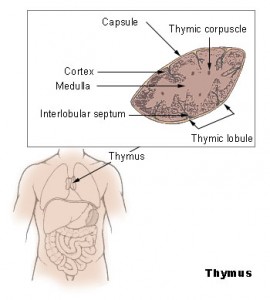The way different people perceive their age can vary greatly from one person to another. Some can feel older than their years while others may feel younger at heart. If someone were to ask you “How old are you?” and “How old do you feel?” how would those two numbers compare?

The Marks We Make Fade Away by Tony Hall on Flickr. Licensed under CC BY-ND 2.0.
In a study conducted by the University College London, they used data collected from a group of 6,489 people and compared their chronological age, averaging at 65.8 years, to their self-perceived age, averaging at 56.8 years. It was observed that around 70% of those individuals had self-perceived themselves to be younger by three years or more, 26% had thought their perceived and actual age were roughly the same and about 5% had felt more than a year older than their real age. About eight years later, a follow up was conducted on the same group of people and discovered that in the group of individuals who felt younger 14.3 % had passed away. However, the observed mortality rate was much higher for the groups that felt the same age and those that felt older at 18.5% and 24.6% respectively.

I hope to stay young at heart forever by Purple Sherbet Photography on Flickr. Licensed under CC BY 2.0.
Researchers believe that there could be various factors contributing to the lower mortality rate observed in the group of individuals who felt younger than their age. For example, these individuals may have maintained a healthier diet and weight or had a higher sense of control and competency in life. Although further investigation is needed to confirm theses associations, researchers believe that the younger self-perceived age could also have influenced the lower death rate observed. In fact, new research shows that two key personality characteristic, optimism and conscientiousness, seem to be linked to people living longer lives. This is because these individuals are more aware and willing to lead healthier lifestyles to maintain their health into older age. This is an interesting finding as people may now have the ability to have a slight influence on their longevity.
One of the many great examples of an individual who possesses these two personality traits and leads a long and active life is Fauja Singh. Currently, he is 103 years old and is believed to be the world’s oldest marathon runner and world record holder in his age bracket. Fauja Singh loves to run and says that “Laughter and happiness is what life should be about, that’s your remedy for everything.”
BBC News interviewing Fauja Singh. YouTube video courtesy of nsotd4.
– Candace Chang



